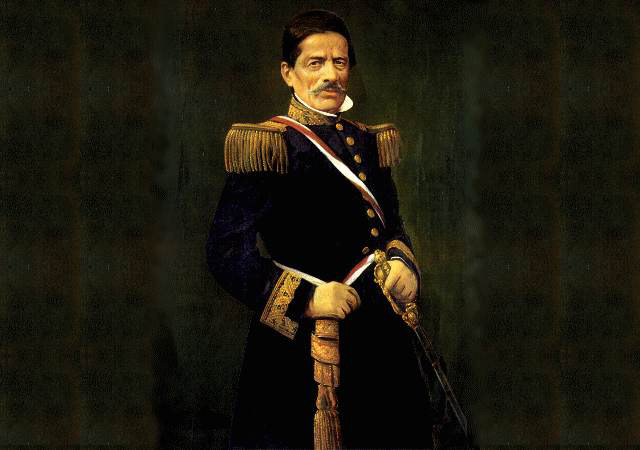

Perú is mainly known in the world as the land of the Incas, which obviously connects it with the Andean world, but Peru is also a maritime nation, with one of the world longest coastlines and probably the world’s richest sea. The links with the ocean have been part of our country’s life since ancient times. During the pre-Inca period several cultures flourished along the vast coasts of the region and it is believed that the Incas were skilled sailors. According to a legend, the great Inca Emperor Huayna Capac reached the far away Galapagos Islands with his army. With the arrival of the Spaniards Peru became the biggest Viceroyalty of America, and Callao was turned into the main port of the vast Spanish dominions. During the colony, galleons sailed from Callao to Europe and Asia and vice-versa, establishing a huge maritime traffic. Navigators and sailors began to flourish from the ranks of the Creoles and Mestizos that populated the “Kingdom of Peru”. On November 19, 1567, two galleons under orders of Captains Alvaro de Mendaña and Pedro Sarmiento de Gamboa departed from Callao in search for new lands and reached the Solomon Islands, giving Peru its share in the discovery of Oceania. The colonies neither were strange to the quarrels between the motherland and other European powers, and great fortresses were built on their coasts to protect them from foreign attacks. Peruvians knew who Sir Francis Drake and Jack Hawkins were, because they fought them in several occasions.
Yes, Peru is a maritime nation and yet, few people in the world are aware of our strong links with the ocean and about the stories that surrounded such special relationship. An interesting chapter in Peru’s rich maritime history is related to the activities of the Navy during the first 70 years of the Republic and is worth remembering and studying, because it contributed to the development of modern naval warfare.
Among the Latin American nations, Peru has been the country to face more wars in its history, from the emancipation period to conflicts of different magnitude against the Great Colombia, Bolivia, Ecuador, Spain and Chile. This is one of the factors that had made Peru one of the few nations in the region with a strong naval tradition. During the XIX Century, great naval battles were fought in the Western Pacific shores of South America. They were not fights between small junk-style boats loaded with guns fixed with ropes, but mayor encounters fought between fleets composed of modern frigates and ironclads and whose commanders were not improvised captains but very capable professionals.
Most people are not aware that Peru's XIX Century Navy had the first war-steamer in the Americas after the United States, neither that another Peruvian steam frigate was the first Latin American warship to sail around the world, or that the Peruvians designed and developed the first Latin American submarine. It is also not well known that a Peruvian warship fought successfully against South America's British squadron, becoming the first ship in naval history to face an attack by locomotive torpedoes. One Peruvian ironclad for example saw more naval action than any other American ironclad during the Civil War. Peruvian sailors were also able diplomats, and following the steps of American Commodore Perry, they sailed to the Far East to sign treaties with the Emperors of Japan and China, making Peru the second country in the American continent to establish diplomatic relations and trade agreements with those Empires.
On the other hand, the naval campaign of the 1879 War of the Pacific between Peru and Chile gave a boost to the advocates of a strengthened U.S. Navy, among them Admiral Alfred T. Mahan. At that time, both South American countries had powerful fleets, purchasing their warships among the latest designs being produced in European shipyards, armed with breech-loading guns, torpedoes and thick armor plates. The crucial naval encounters of that war, in which corvettes, frigates, ironclads and torpedo boats were engaged, became the most spectacular in American waters equal to those of the U.S Civil War. Such battles, it must be said, became lessons for navies worldwide. They gave evidence of the continued value of strong armor, the importance of ramming and the power of armor piercing shells.
So this is the brief story of one of the most respectable and important institutions of the Republic, which has always been considered as the nation’s first line of defense. Its ships became legendary and the men that led them proved to be worthy of the expectations that the population placed upon them. These men made great and sometimes extraordinary sacrifices, even under the most difficult and critical circumstances, to protect the interests of the flag and country they swore to defend.
This web page is dedicated to their memory.
Below you may visit the chapters that I have developed about Peru´s extraordinary naval history.
© 2000 Juan del Campo, Washington D.C. USA.
© 2000 Juan del Campo, Lima, Perú.

|